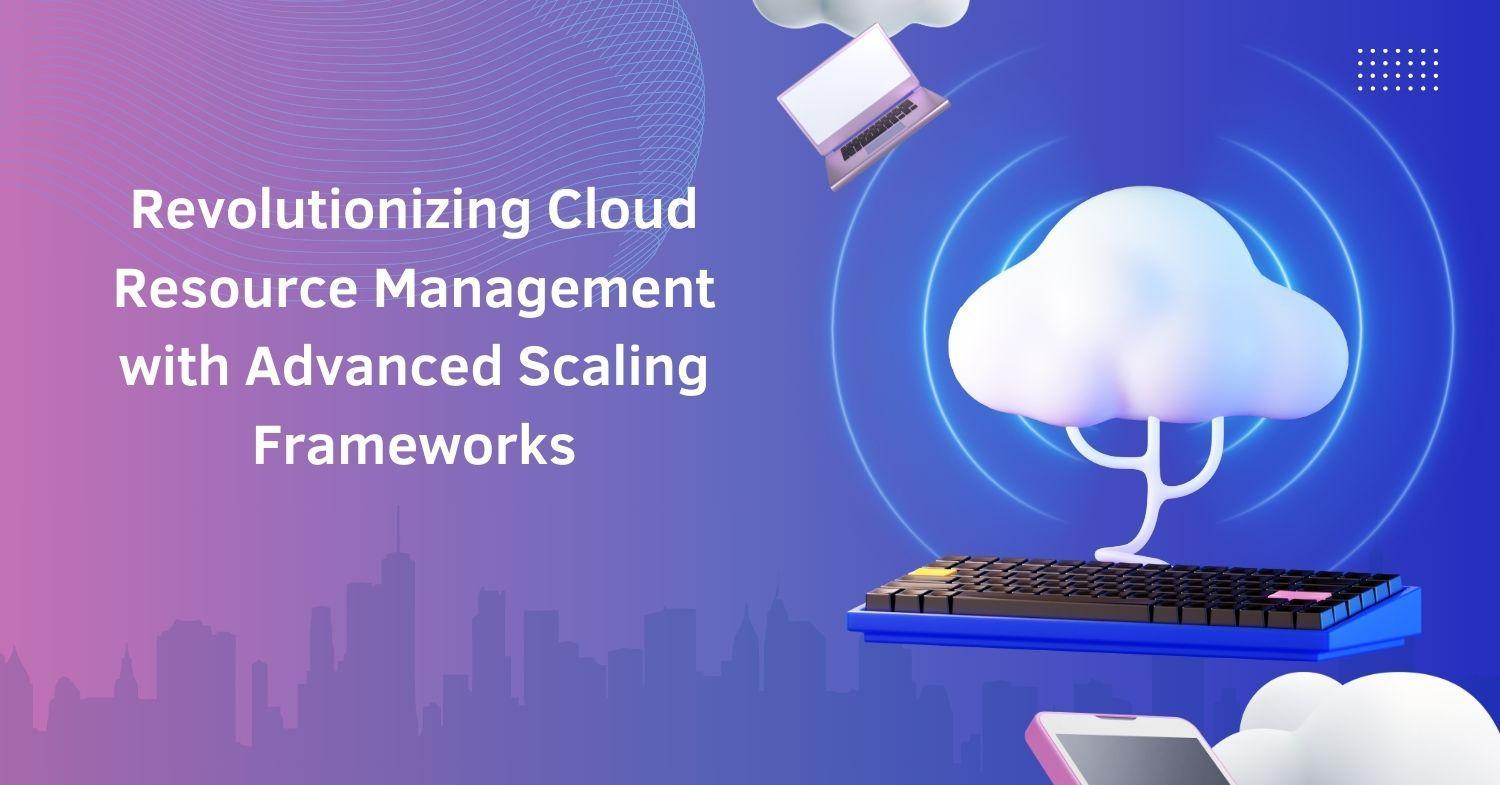In this modern era, organizations adopting these advanced frameworks, as highlighted by Chakradhar Sunkesula, report significant strategic advantages. Enhanced resource utilization drives IT-business alignment by an impressive 92%, with forecast accuracy increasing substantially from 64% to 93%. Faster time-to-market for innovative initiatives and a 32% rise in customer satisfaction clearly underscore the transformative impact on business agility and competitiveness.
Overcoming the Limitations of Traditional Scaling
Traditional auto-scaling mechanisms rely on static thresholds, often resulting in inefficiencies such as overprovisioning or resource shortages. Studies reveal that fixed threshold systems cause average overprovisioning rates of 43% and response delays of up to 300 seconds during peak demand. These inefficiencies lead to service degradation, higher costs, and an estimated industry-wide waste of $23.5 billion annually.
Advanced frameworks, such as gap detection methodologies, address these shortcomings. By incorporating real-time analytics and historical data, these systems achieve a 78% reduction in resource provisioning time and a 92% accuracy in forecasting capacity needs for up to 120 days. Organizations adopting this approach report a 47% cost reduction and a 76% improvement in response times compared to traditional systems.
Gap Detection: A Paradigm Shift in Scaling
The innovative gap detection methodology distinguishes between organic and inorganic growth, enabling more precise resource allocation. Organic growth patterns are analyzed using continuous CPU monitoring and storage tracking, achieving 95% accuracy in identifying gradual increases in demand. This proactive approach reduces resource bottlenecks by 42% and improves infrastructure efficiency by 38%.
Inorganic growth, such as sudden spikes due to mergers or product launches, is managed using predictive algorithms and stakeholder input frameworks. These systems forecast resource spikes with 93% accuracy, minimizing provisioning delays by 86% during critical events. Organizations using this method experience 43% fewer disruptions during major transitions, ensuring seamless operations.
Harnessing Predictive Analytics for Proactive Management
Predictive analytics plays a pivotal role in transforming resource management. Enhanced models leveraging machine learning achieve a mean absolute percentage error (MAPE) of just 7.8%, significantly outperforming traditional methods. By integrating real-time and historical data, these models forecast resource requirements with unparalleled accuracy, reducing unplanned scaling events by 82%.
Automated reservation systems complement predictive capabilities, enabling organizations to secure resources in advance at optimized costs. These systems deliver an average cost saving of 47%, with some organizations reporting reductions of up to 78% for long-term reservations.
Enhancing Operational Efficiency with Automation
Automation frameworks are revolutionizing cloud operations by reducing manual intervention and improving scalability. Systems integrating container orchestration and real-time adjustments execute 98% of scaling events successfully, achieving response times of under 6 seconds. These advancements reduce human errors by 93% and cut operational overheads by 47%.
By automating policy enforcement, organizations align resource allocation with business objectives, maintaining a 96% compliance rate with service-level agreements (SLAs).
Cost Optimization through Intelligent Resource Management
Sophisticated cost optimization strategies are a cornerstone of these frameworks. Multi-vendor pricing comparison tools enable organizations to identify cost savings of up to 35% by leveraging regional pricing variations and spot instance opportunities. Machine learning algorithms further reduce waste, capturing 92% of potential savings through dynamic resource allocation.
Policy-driven decision frameworks balance performance and budget constraints, achieving a 96% alignment between the two. These systems minimize unnecessary provisioning while ensuring uninterrupted service quality, reducing overall operational costs by 31%.
Driving Strategic Business Outcomes
Organizations adopting these advanced frameworks report significant strategic advantages. Improved resource utilization boosts IT-business alignment by 92%, with forecast accuracy increasing substantially from 64% to 93%. Faster time-to-market for new initiatives and a 32% rise in customer satisfaction clearly underscore the impact on business agility and competitiveness.
Operational predictability improves dramatically, enabling organizations to effectively reduce their technical debt by 51% and achieve an impressive average return on investment (ROI) of 312% within 24 months.
In conclusion, Chakradhar Sunkesula’s innovative scaling frameworks represent a transformative step forward in cloud resource management. By integrating predictive analytics, automation, and cost optimization strategies, these methodologies redefine operational efficiency and scalability. As the cloud landscape evolves, adopting these advanced frameworks will be essential for organizations aiming to enhance performance, reduce costs, and maintain competitive advantages in an increasingly dynamic market.





























